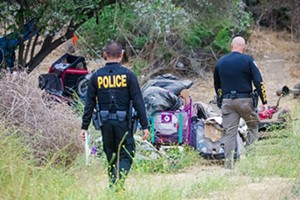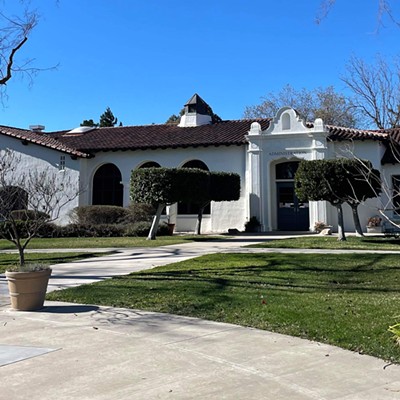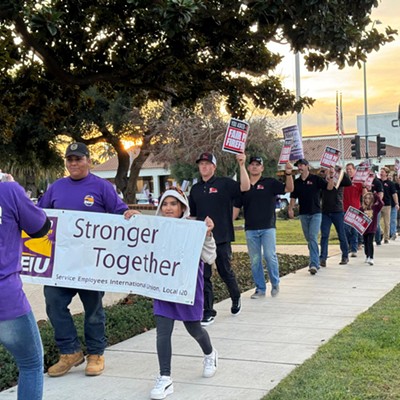Millions of dollars in state funding will be injected into Santa Barbara County over the next two years to combat homelessness.
The county will receive nearly $10 million from the state following a unanimous decision by the Board of Supervisors on Sept. 11 to declare a "shelter crisis."

The Homeless Emergency Aid Program will bring $9.4 million in one-time block grant funding beginning in January 2019 and ending in June 2021. Money from the program will be used to prevent homelessness, as well as provide housing and rental assistance, interventions, and emergency aid.
At least 5 percent of funds ($469,259) must be used for homeless youth.
In order for the county to receive the funding, supervisors had to declare a "shelter crisis" to be eligible. The move allows the region's Continuums of Care (CoC), which the county's Housing and Community Development (HCD) department administers, to allocate funds to unincorporated areas to combat homelessness.
Cities within the county will have to separately declare a crisis to access the monies. Even so, the CoC can still provide aid in those communities.
Kimberlee Albers, the homeless assistance programs manager at HCD, told the supervisors that service-specific funding could be allocated to residents within the cities. However, until a city declares its own crisis, it can't access any funds for rental assistance to prevent homelessness or transition a homeless person to housing. Cities also can't use the money for capital projects until they've declared a crisis.
County staff said they were looking into exploring housing options for the roughly 900 unsheltered residents currently living in the area.
"The most significant gap consistently identified by stakeholders was access to housing units to permanently transition persons out of homelessness," Albers said.
Fifth District Supervisor Steve Lavagnino noted that while the solution wasn't perfect, "you gotta do what you can to improve the situation," he said. "This money is not going to get passed out to the taxpayers here if we refuse this money, it will go to San Luis Obispo and Ventura counties. We'd be stupid not to take this money."
First District Supervisor Das Williams stressed the need for taking action that day but noted the long road ahead.
"There is much yet to be done," he said.










